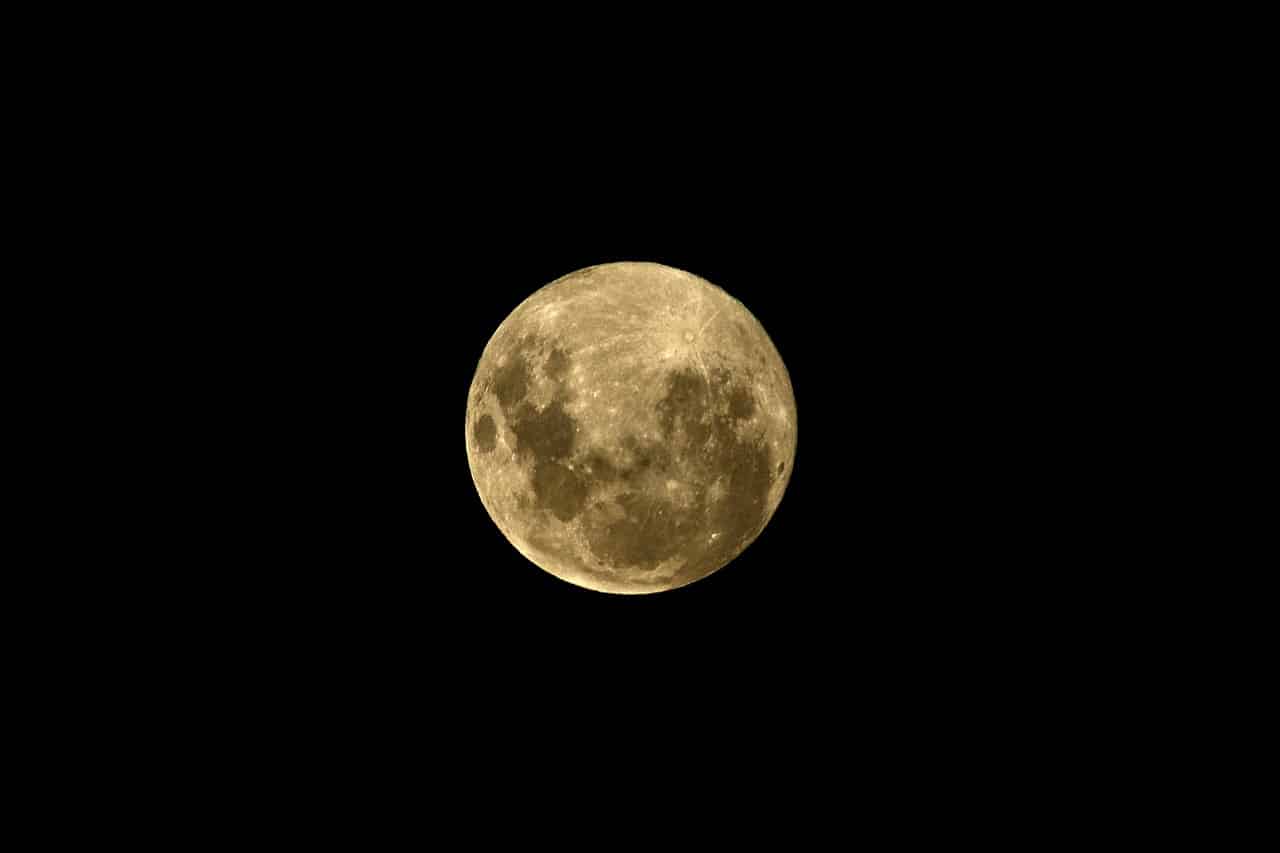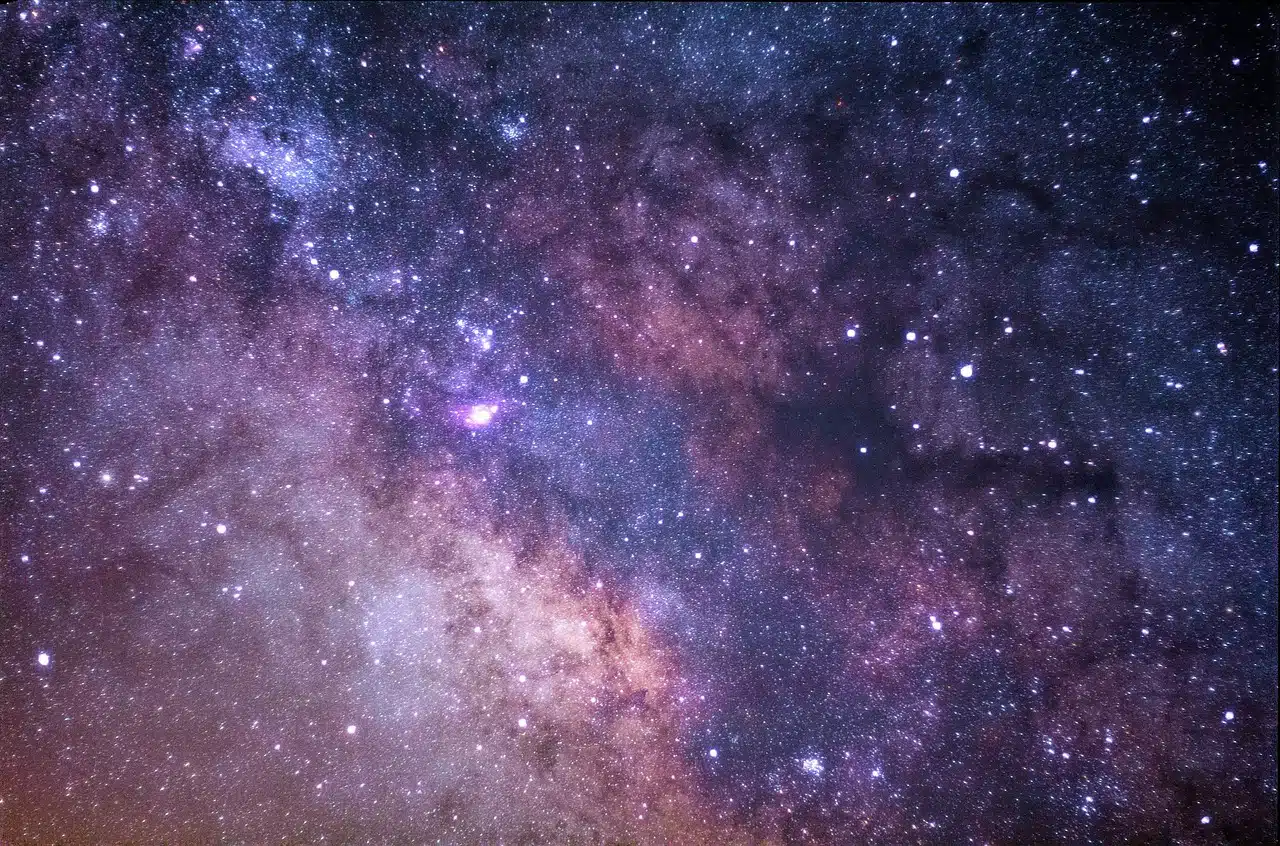
Stars and planets belong to the category of celestial bodies.
Celestial body is the name given to each natural object belonging to the universe that, thanks to the force of gravity , achieves an interaction with some other body. If the element, in the absence of a force that generates influence on it, does not orbit or is orbited, for astronomers it is a wandering body .
It is worth knowing and keeping in mind that this expression is included in the Pan-Hispanic Dictionary of Legal Spanish . There, details are offered in relation to celestial bodies , since it is detailed that they have a limited extension, that they can be identified and that they are located in outer space . As there are several examples of them, below we will focus on these structures in order to describe them and add enriching data about this notion and its scope.
Types of celestial bodies
Types of celestial bodies are recorded a lot and several of them are popularly easy to, at least, categorize and recognize.
If a celestial body is made up of hydrogen and helium and is capable of producing heat, radiation and light, then it is called a star . At the heart of the solar system , for example, there is a powerful and dazzling star that we can detect with the naked eye by directing our gaze towards the sky : the Sun. Depending on the particularities they present, stars are segmented into multiple groups. Among the most numerous in the universe are the white dwarf families (stars of weak luminosity that can only emit the thermal energy they conserve after having consolidated themselves as a remnant arising from the exhaustion of the nuclear fuel that a star whose mass was less than tens of solar masses) and the red dwarf (group of somewhat cold and tiny stars). A reddish tone characterizes the one baptized as a red giant , a type of star that after exhausting the supply of hydrogen in its core began, in a shell or envelope near its center, a nuclear fusion of helium . A greater magnitude and a mass equivalent to between ten and fifty solar masses allows the supergiant star to be distinguished.
When a celestial body with solid features that lacks the conditions to emit its own light rotates around a star , the theory indicates, we are dealing with a planet .
By deepening our knowledge in this regard, it is possible to remember that human beings inhabit a planet called Earth whose only natural satellite is the moon .

Each constellation forms an apparent figure in the sky from a specific grouping and location of stars.
Particularities of meteorites, comets and asteroids
Knowing the particularities of meteorites , comets and asteroids allows us to understand and measure numerous relevant phenomena at an astronomical level.
A meteorite is made up of pieces of rock. It comes from space and reaches the surface of a certain planet , as has happened several times on Earth , because it fails to disintegrate completely in the atmosphere .
Comet, meanwhile, is a term intended to name a celestial body where particles of ice, rock and dust are detected. Tracing various elliptical paths, comets orbit around the sun .
If we continue to find out what other varieties of celestial bodies exist, asteroids will appear as a reference. It is an element that, compared to a meteoroid , is large but is actually smaller than a planet . A large part of them usually orbit in a strip belonging to the solar system that has been called the asteroid belt . According to historical records, in 1802 the astronomer William Herschel used for the first time the notion of asteroid , a word derived from a Greek word that is interpreted as a stellar figure since it summarizes what appearance an asteroid exhibits when observed through of a telescope .

Asteroids are analyzed and monitored by scientists who determine if they are, for example, dangerous for our planet.
Tools to analyze celestial bodies
To analyze celestial bodies there are very precise tools that evolve as technology advances. Likewise, measurement techniques and specific observation methods are applied.
Astronomy fans and experts in this field find an enormous ally in the telescope . Different brands and models of this equipment are available in the international market. If someone wants to capture noises and sounds of space origin to determine what certain celestial bodies sound like, instead, they must get a radio telescope .
We must not overlook the existence of each astronomical observatory that, in multiple corners of the world, is launched with the purpose of investigating questions linked to areas such as those of a nebula , a black hole or intergalactic space . At the same time, these sites usually carry out activities that aim to awaken interest in the astronomical field from an early age, to teach and motivate the community to be able, for example, to identify a constellation with the naked eye.
By specializing in astrometry , to detail one possibility of study, one has at their disposal knowledge and resources to examine the movements, parallax, positions, dimensions and formats of the stars.
Astronomical spectroscopy , astrophysics , astrodynamics and infrared astronomy also contribute to revealing questions and obtaining more and more information about astronomical objects .
